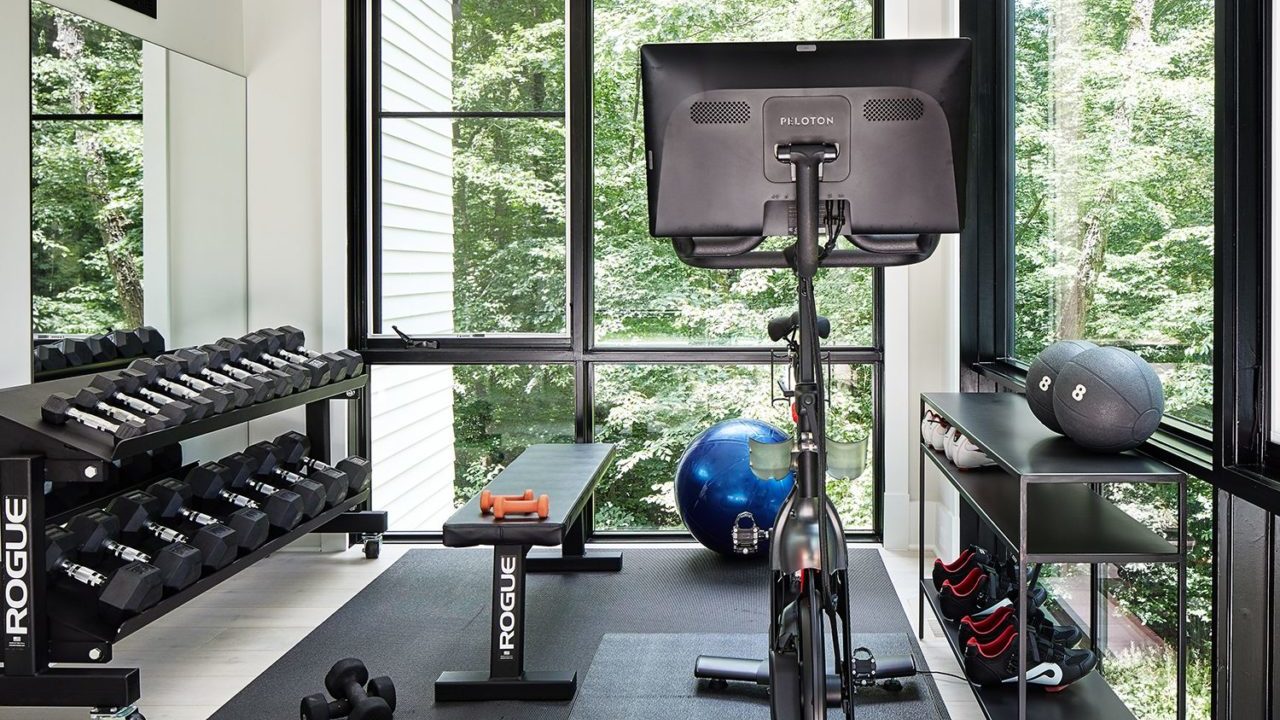While at-home fitness equipment has been around for years, a recent boom in smart home-gym technology has disrupted the industry tremendously. With many consumers opting to suspend gym memberships in the midst of COVID-19, smart at-home fitness equipment has helped fill the void of that in-gym experience. However, the dusty old treadmill in the basement just can’t compare to the equipment that is saturating the market today.
Today’s home gym equipment emphasizes the importance of the overall workout experience, something especially important in the midst of closures throughout the pandemic. However, as we continue to head toward some semblance of normalcy, this fitness equipment is here to stay.
From smart sensors to shoutouts in a live class, user experience is at the forefront of smart home-gym equipment. The use of AI and analytics have broken into the fitness space, and it will only continue to further disrupt the industry, as it is used to provide form feedback and individualized workout suggestions as if you were working with a trainer. Additionally, the use of group workouts and leaderboards incorporate competition and community for all users.
Let’s take a look at some of the top fitness equipment and what it’s doing to challenge the status quo.
As an early entry to the market, Peloton released its first bike in 2014. Since then, the Peloton community has grown to a cult-like following of over 3 million users, making it the most popular piece of at-home fitness equipment. Using the attached 22-inch screen, users are able to take live and on-demand classes, compete for a spot on leaderboards, and feel immersed in the workout experience.
More recently, Peloton released the Peloton Tread, a smart treadmill that offers both running and floor workouts. As with the Peloton Bike, the cult-like community and access to live and on-demand classes make this equipment accessible at all times. The competition on leaderboards coupled with high quality instructors gives the illusion that you are immersed in a group workout class while in your home gym.
Tonal has built an entire gym into a compact piece of equipment using AI and predictive analytics to offer individualized workout suggestions. It includes smart sensors that can adjust weights and dynamically adjust as you gain strength. This technology also identifies areas of strength and weakness to provide form feedback during home workouts, as if you are working out with a personal trainer. Tonal offers opportunities to work out in pairs or groups, both live and virtually.
Tempo incorporates AI to help guide workouts and perfect technique. This piece of equipment is fitted with 3D sensors that capture your movement and offer real time feedback on form. These sensors also track workout progress by sensing movement to count reps, and make suggestions to progress your strength as movements are refined.
Mirror is also powered by smart camera technology that allows for individualized training, interactive engagement, and real time feedback. Users can select classes from one of 50 genres, with personalized modifications based on past injuries or levels of comfort with a movement.
Words: Kevin MacCauley







